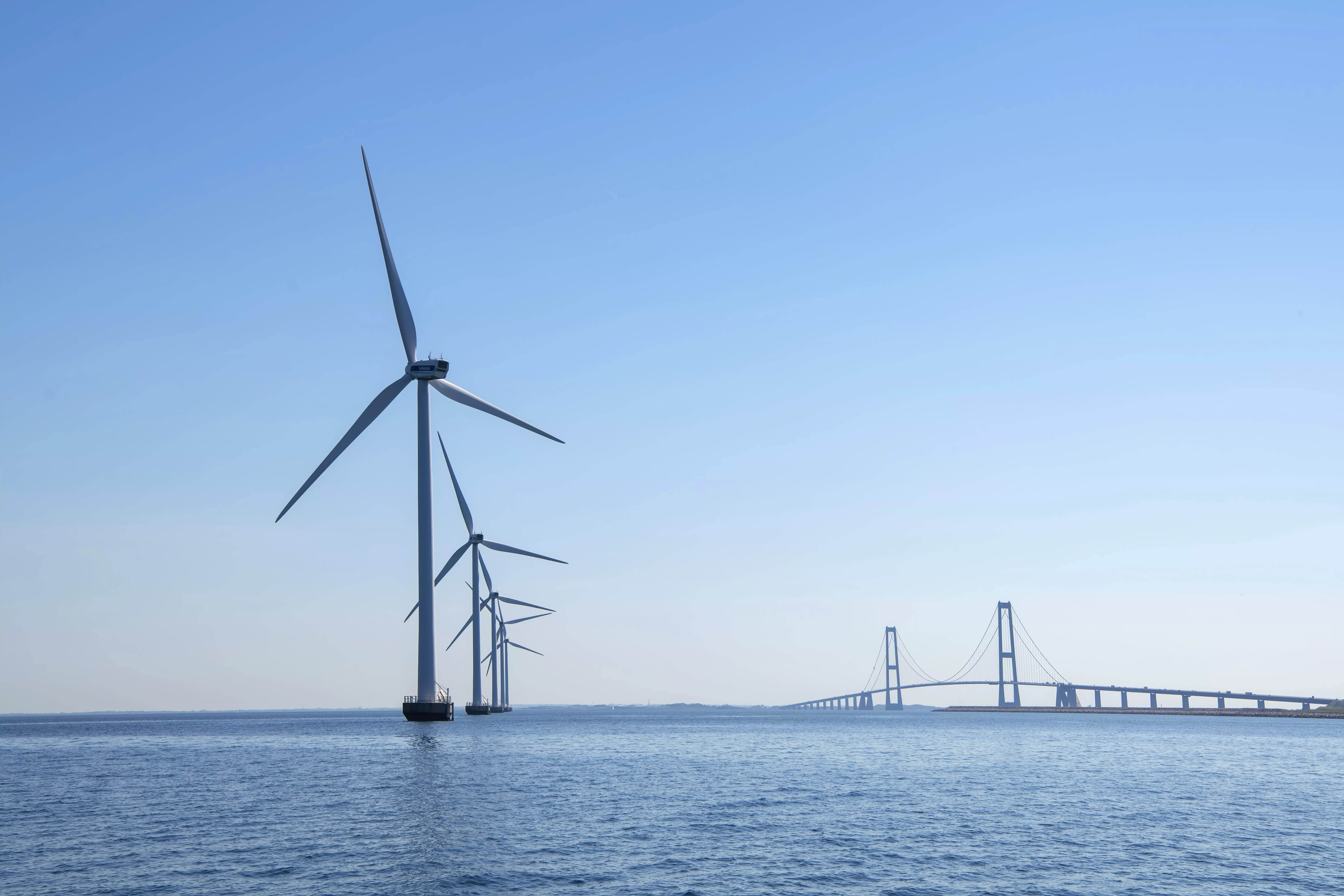Denmark Adds Subsidies as it Takes New Try at Offshore Wind Farm Tender

The Danish Energy Agency returned to the market for offshore wind farms, announcing the opening of a new round of tenders for three projects, which will run through 2028. It comes after the country failed to receive bids in a 2024 round and incorporates revisions based on the input from the market.
While it was not unexpected based on changes in the market, the agency still said it was disappointed in December 2024 when it failed to receive bids for three sites in the North Sea. It had spent two years planning that round and had targeted a minimum of 6 GW while saying there was a potential for 10 GW or more, depending on the developer’s plans.
The Danish Energy Agency had promised that it would engage in dialogues with the industry and rework the process to reflect the challenges. It said these dialogues provided the basis for two political agreements, which were reached earlier this year and are now reflected in the tender format.
Three areas are again being offered, but this time the process also incorporates a support scheme based on a Contract for Difference (CfD) mechanism. Under the scheme, Denmark guarantees the offshore wind producer a fixed price for the electricity generated by the wind farm. If the market price falls below the fixed price, the country contributes, and if the price exceeds the fixed price, the company rebates the difference.
The state has agreed to a payment cap of DKK 55.2 billion (approximately US$8.5 billion) for the life of the projects. According to the agency, this approach provides greater flexibility and certainty for the developers. It anticipates that the approach increases the likelihood of qualified bids.
A total of three sites are being offered, with two located to the west of Denmark in the North Sea. The first project has a minimum of 1 GW and must be completed by the end of 2032, while the second has a minimum of 1 GW and must be completed by the end of 2034.
The third project is to the east of Denmark and has a minimum of 800 MW. It must be completed by the end of 2032 and must also establish a so-called “nature-inclusive” design. That requires the developer to integrate elements into the structures to create habitats that benefit marine life, such as artificial reefs or havens for species such as fish and shellfish.
All the tenders must also incorporate sustainable elements. For example, there is a requirement concerning the recyclablity of the turbine blades. Denmark expects this round, which has a minimum of 2.8 GW, will be able to supply green electricity equivalent to the consumption of around three million Danish and European homes.
The deadline for submission for the first two projects is the spring of 2026. The third project with an end-of-2034 target date requires bids by the fall of 2028.
Denmark was the first country to host offshore wind farms, dating to 1991. Denmark currently has a total installed capacity of 2.7 GW of offshore wind power, with one additional wind farm under construction to add another 1 GW in 2027. Denmark was one of eight North Sea countries in October 2024 that recommitted to a pledge to build 120 GW of offshore power by 2030 and at least 300 GW by 2050. Denmark has a target for 14 GW of capacity by 2030.
